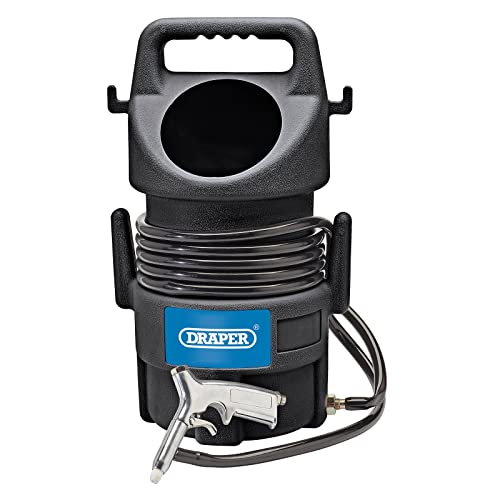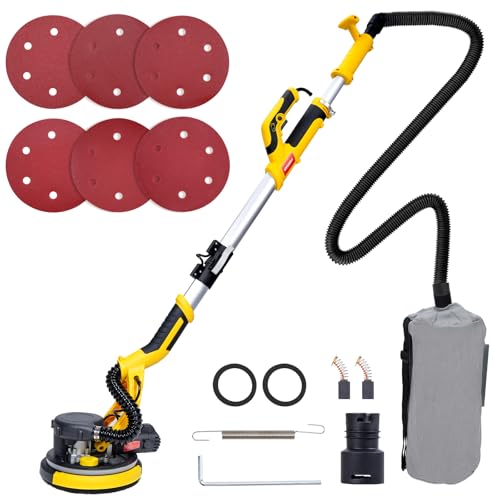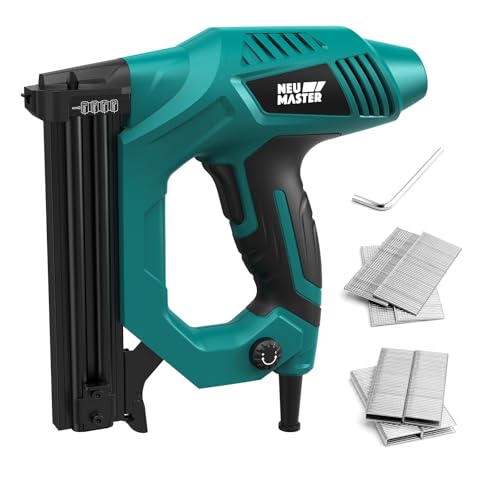Understanding Non-Stick Pans: What Makes Them Essential in the Kitchen
The Convenience of Non-Stick Cooking
Non-stick pans have revolutionised the way we cook, allowing for an easier experience in the kitchen. Imagine preparing a delicate omelette or flipping pancakes without worrying about them sticking to the surface. With non-stick pans, it’s all about convenience. The smooth surface means that food doesn’t cling, which significantly reduces the risk of burning and makes serving effortless. Thanks to their design, these pans require less oil or butter for cooking, making them an excellent choice for healthier meals.
Versatility in Meal Preparation
Not only are non-stick pans great for everyday meals, but they are also versatile enough for various cooking techniques. Whether you’re frying, sautéing, or simmering, a good non-stick pan can handle it all. Picture this: you’re searing vegetables for a stir-fry, and the non-stick surface allows for even cooking without the mess of stuck-on bits. This versatility can elevate your culinary skills, making meal preparation a breeze.
Key Features to Consider When Choosing a Non-Stick Pan
Size and Shape Matter
When selecting a non-stick pan, consider the size that fits your cooking needs. A larger skillet is perfect for family meals, while a smaller one is ideal for quick breakfasts. Think about the shape, too; some pans have deep sides, making them suitable for sauces, while others are shallow, perfect for stir-frying. Choosing the right size and shape ensures you can tackle a wide range of recipes without any hassle.
Material and Durability
The material used in non-stick pans is crucial for both performance and longevity. Look for pans made with high-quality materials such as aluminium or stainless steel, as these offer excellent heat distribution. A durable non-stick coating not only enhances the cooking surface but also extends the life of the pan, making your investment worthwhile. It’s important to consider how often you cook and choose a pan that can withstand regular use without losing its non-stick properties.
Types of Non-Stick Coatings: What They Mean for Your Cooking
Classic Teflon vs. Alternatives
The traditional Teflon coating has been a staple in many kitchens for years due to its excellent non-stick properties. However, alternatives such as ceramic and diamond-infused coatings are gaining popularity. Ceramic-coated pans, for instance, are often lauded for their eco-friendliness and longevity, making them a favourite among health-conscious cooks. Each type of coating has its strengths, and understanding these can help steer you towards the best choice for your cooking style.
Heat Resistance and Cooking Techniques
Different coatings have varying heat resistance capabilities. For instance, traditional Teflon pans typically should not be used on high heat to maintain their non-stick properties, while others, like ceramic, can withstand higher temperatures. Knowing the heat limits of your chosen pan can help you master cooking techniques like searing and browning, ensuring your meals are cooked to perfection every time.
Cooking Techniques: Maximising the Benefits of Your Non-Stick Pan
Using Minimal Oil for Healthier Cooking
One of the best aspects of non-stick pans is that they often require little to no oil during cooking. This not only makes cooking healthier but also simplifies the cleanup process. When making scrambled eggs, for instance, simply preheat your pan and pour in your beaten eggs. The non-stick surface allows them to cook evenly without needing a pat of butter, enabling you to enjoy a delicious and guilt-free breakfast.
Temperature Control for Perfect Results
Controlling temperature is essential when using non-stick pans. Starting on medium heat often yields the best results, as this ensures food cooks evenly without risk of sticking or burning. For example, when frying fish or chicken, placing the protein in a preheated pan prevents it from sticking, allowing for a crispy exterior. Mastering temperature control enables you to take full advantage of your non-stick pan’s capabilities.
Maintenance Tips: Keeping Your Non-Stick Pan in Top Shape
Cleaning Techniques for Longevity
To keep your non-stick pan in prime condition, gentle cleaning is the key. Avoid abrasive sponges and harsh detergents, which can damage the non-stick surface. Instead, opt for a soft sponge and mild soap, rinsing thoroughly after use. For stubborn residues, soaking the pan in warm, soapy water usually does the trick, allowing you to maintain the pan’s surface without sacrificing quality.
Proper Storage Practices
How you store your non-stick pans can greatly affect their longevity. Stack them carefully, utilising pot protectors or dish towels to prevent scratching. Avoid storing heavy items on top of your non-stick pans to minimise the risk of damage. By taking these simple steps, you can ensure your cookware remains in tip-top shape for years of delicious meals.

























